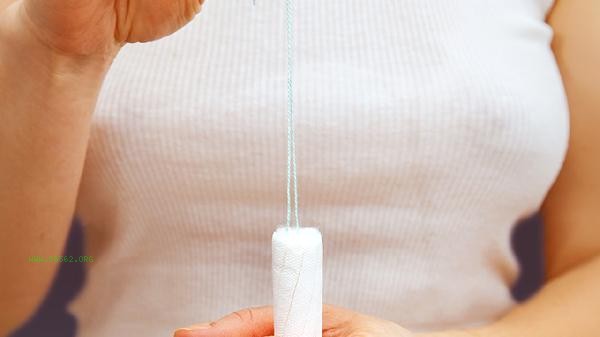Residual tissue from medical abortion may be excreted during menstruation, but it needs to be comprehensively judged based on the size of the residue, uterine contractions, and personal constitution. The main influencing factors include residual volume, endometrial repair ability, coagulation function, hormone levels, and uterine anatomy.

1. Residual volume:
Small residues with a diameter less than 1 centimeter are more likely to be wrapped and excreted during the process of endometrial ablation. When ultrasound examination shows residue in the form of dots or strands, about 60% of patients can naturally clear it after their first menstrual period. Residual tissue exceeding 2 centimeters may hinder normal uterine contractions and require medical intervention.
2. Uterine Contraction Ability:
For those with good postpartum uterine involution, regular contractions can gradually push the residue towards the cervix. breastfeeding can promote the secretion of oxytocin and enhance uterine contractions. Individuals with abnormal uterine position or weak contractions have a 3-5 fold increased risk of residual residue retention.
3. Endometrial repair status:

After the reconstruction of the menstrual cycle, the newly formed endometrium may wrap around the wound and shed residue. Individuals with normal estrogen levels have a faster rate of endometrial hyperplasia, with a repair cycle of approximately 2-3 weeks. Patients with a history of intrauterine adhesions or endometrial damage may experience a 50% decrease in repair ability.
4. Effects on coagulation function: When the fibrinolytic activity of
is enhanced, residual tissue is more likely to disintegrate and be excreted. During menstruation, the level of plasminogen activator increases by 2-3 times, which helps to decompose placental villus tissue. Patients with coagulation abnormalities such as antiphospholipid antibody syndrome need to pay special attention to monitoring.
5. Anatomical factors of the uterine cavity:
Excessive forward or backward flexion of the uterus may form a blind spot for discharge, increasing the residual retention rate by 40%. For patients with combined uterine fibroids compressing the uterine cavity, the location of the residual material needs to be evaluated by three-dimensional ultrasound. Patients with deformities such as bicornuate uterus are recommended to undergo hysteroscopic re examination.

After medical abortion, the first menstrual flow usually increases by 30% -50% compared to usual. Continuously observe for 2-3 menstrual cycles, and if the menstrual flow gradually returns to normal, it may indicate that the residue has been excreted. During this period, if there is continuous bleeding for more than 10 days, fever, or severe abdominal pain, timely medical attention is required. Moderate pelvic floor muscle training can promote uterine drainage in daily life, avoid aggravating bleeding caused by intense exercise, pay attention to supplementing iron and high-quality protein in diet, and brisk walking 2-3 times a week for half an hour can help improve pelvic blood circulation. For ultrasound re examination, it is recommended to choose 3-5 days after menstruation, when the endometrium is thinner and easier to observe the condition of the uterine cavity.








Comments (0)
Leave a Comment
No comments yet
Be the first to share your thoughts!